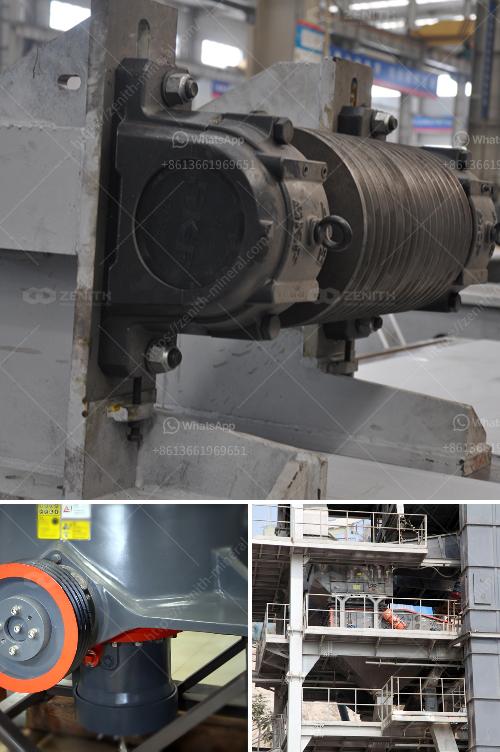Calculating the efficiency of a jaw crusher involves several factors and steps. The efficiency of a jaw crusher is a measure of how well the machine converts the input material into the desired output. Here are the steps and considerations for calculating the efficiency:
1. Understanding the Inputs and Outputs
- Input Material: The raw material fed into the jaw crusher.
- Output Material: The crushed material that comes out of the jaw crusher.
2. Key Parameters to Measure
- Throughput (Q): The amount of material processed by the crusher per unit time, usually measured in tons per hour (tph).
- Power Consumption (P): The amount of power consumed by the crusher, usually measured in kilowatts (kW).
- Reduction Ratio (R): The ratio of the size of the input material to the size of the output material.
3. Calculating the Efficiency
The efficiency of a jaw crusher can be calculated using the following formula:
However, in the context of a jaw crusher, the efficiency can be more specifically defined as:
Where:
- ( Q ) is the throughput (tons per hour).
- ( R ) is the reduction ratio.
- ( P ) is the power consumption (kilowatts).
4. Steps to Calculate Efficiency
-
Measure Throughput (Q):
- Determine the amount of material processed by the crusher in a given time period.
- Example: If the crusher processes 200 tons of material in an hour, then ( Q = 200 ) tph.
-
Determine the Reduction Ratio (R):
- Measure the size of the input material and the size of the output material.
- Example: If the input material size is 500 mm and the output material size is 50 mm, then ( R = \frac{500}{50} = 10 ).
-
Measure Power Consumption (P):
- Determine the power consumed by the crusher during operation.
- Example: If the crusher consumes 50 kW of power, then ( P = 50 ) kW.
-
Calculate Efficiency ((\eta)):
- Use the formula to calculate the efficiency.
- Example: ( \eta = \frac{200 \times 10}{50} = 40 ).
5. Considerations and Factors Affecting Efficiency
- Material Characteristics: The hardness, abrasiveness, and moisture content of the material can affect the efficiency.
- Crusher Design: The design and condition of the jaw crusher, including the wear and tear of the jaw plates, can impact efficiency.
- Operational Parameters: The speed, feed rate, and closed-side setting (CSS) of the crusher can influence the efficiency.
6. Improving Efficiency
- Regular Maintenance: Ensure the crusher is well-maintained and the jaw plates are in good condition.
- Optimal Settings: Adjust the operational parameters to achieve the best performance.
- Material Preparation: Pre-screen the material to remove fines and ensure uniform feed size.
By following these steps and considering the various factors, you can calculate and improve the efficiency of a jaw crusher.


